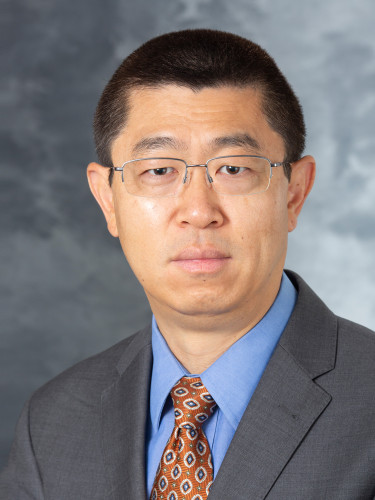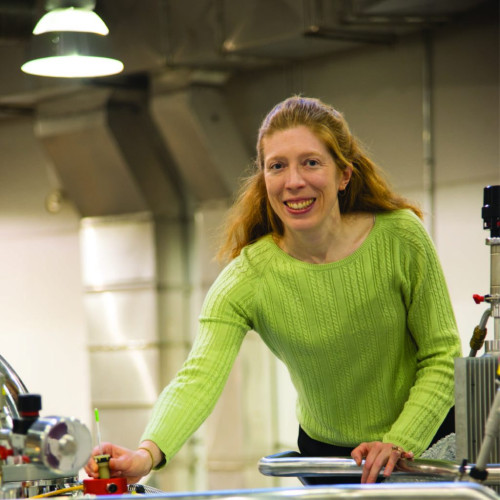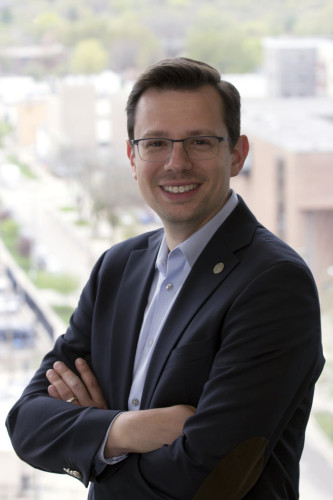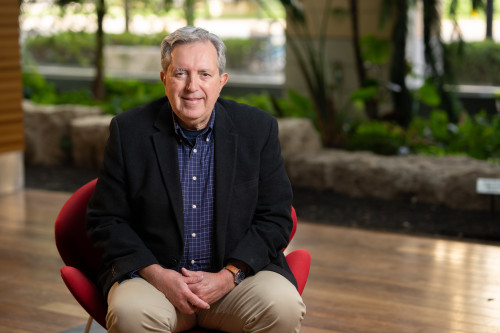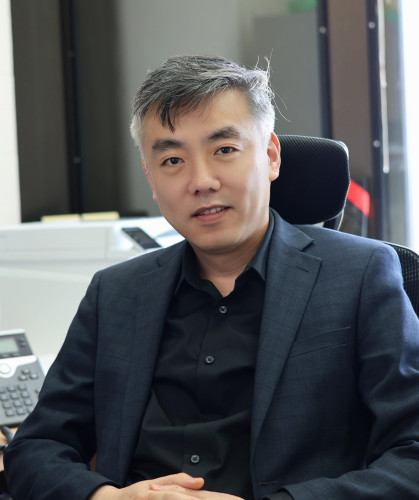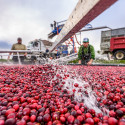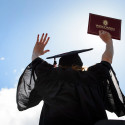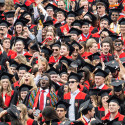AAAS members elect UW researchers new fellows
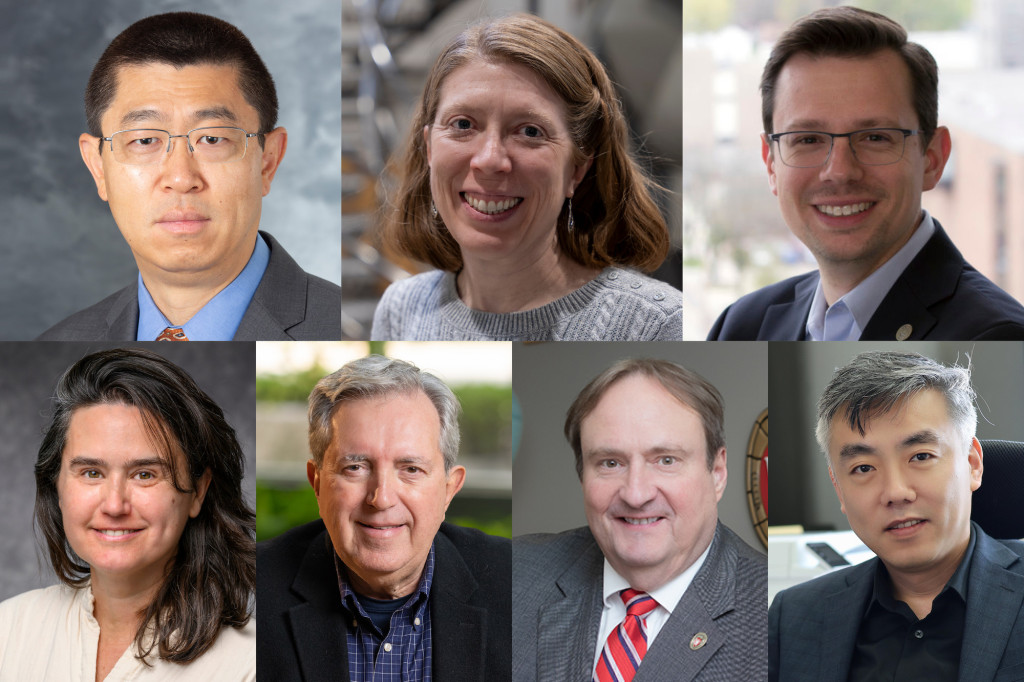
From top left: Weibo Cai (medical sciences), Katherine Henzler-Wildman (biological sciences), Ive Hermans (chemistry), Anne Pringle (biological sciences), Timothy Smeeding (social, economic and political sciences), Steven Swanson (pharmaceutical sciences) and Xudong Wang (engineering).
Seven University of Wisconsin–Madison scholars have been elected fellows of the American Association for the Advancement of Science, the world’s largest general scientific society.
This year, the AAAS membership chose 471 scientists, engineers and innovators to be AAAS fellows across 24 disciplinary sections. The honor, presented annually since 1874, recognizes fellows as members of a cadre distinguished by their achievements across disciplines, from research, teaching and technology to administration in academia, industry and government to excellence in communicating and interpreting science to the public.
“This year’s class of fellows are the embodiment of scientific excellence and service to our communities,” said Sudip S. Parikh, AAAS chief executive officer and executive publisher of the Science family of journals. “At a time when the future of the scientific enterprise in the U.S. and around the world is uncertain, their work demonstrates the value of sustained investment in science and engineering.”
The new class of fellows will be featured in the March issue of the journal Science, and each new fellow will be celebrated at a June forum in Washington, D.C.
Included in the 2024 class of AAAS fellows are:
Weibo Cai, Medical Sciences
Vilas Distinguished Achievement Professor of Radiology, Medical Physics, Materials Science & Engineering, and Pharmaceutical Sciences
For distinguished contributions to the fields of molecular imaging, specifically in positron emission tomography (PET) and nanobiotechnology, particularly in biomedical applications of radiolabeled nanomaterials for cancer and other diseases
Katherine Henzler-Wildman, Biological Sciences
Jean V. Thomas Professor in Biochemistry
For distinguished contributions toward the field of molecular biophysics to understand the function of membrane protein via their dynamics and structure using nuclear magnetic resonance
Ive Hermans, Chemistry
John and Dorothy Vozza Professor of Chemistry, Professor of Chemical and Biological Engineering
For distinguished contributions to the development of catalytic materials and elucidating reaction mechanisms using kinetic and spectroscopic techniques, combined with theory and simulations to describe the fundamental, underlying atomic-level chemistry
Anne Pringle, Biological Sciences
Mary Herman Rubinstein and Vilas Distinguished Achievement Professor of Botany
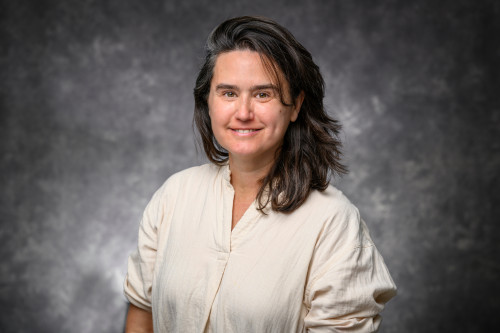
Anne Pringle Photo: Althea Dotzour
For distinguished contributions to mycology, especially fungal spore dispersal and the effects of invasive fungi on ecosystems worldwide
Timothy Smeeding, Social, Economic & Political Sciences
Lee Rainwater Distinguished Professor Emeritus of Public Affairs and Economics
For leadership in assembling and making available a worldwide database for the study of income dynamics and for distinguished contributions to the study of poverty and social welfare programs
Steven M. Swanson, Pharmaceutical Sciences
Professor and Dean, School of Pharmacy
For distinguished contributions in the field of pharmaceutical sciences, particularly for research on cancer and for work in academic administration as dean at the University of Wisconsin–Madison
Xudong Wang, Engineering
Professor of Materials Science and Engineering
For distinguished contributions to the field of biomaterials engineering, particularly for flexible and biocompatible piezoelectric materials developments and nanogenerator innovations, facilitating the creation of self-sustaining and battery-free medical devices
Tags: faculty awards, research, science

